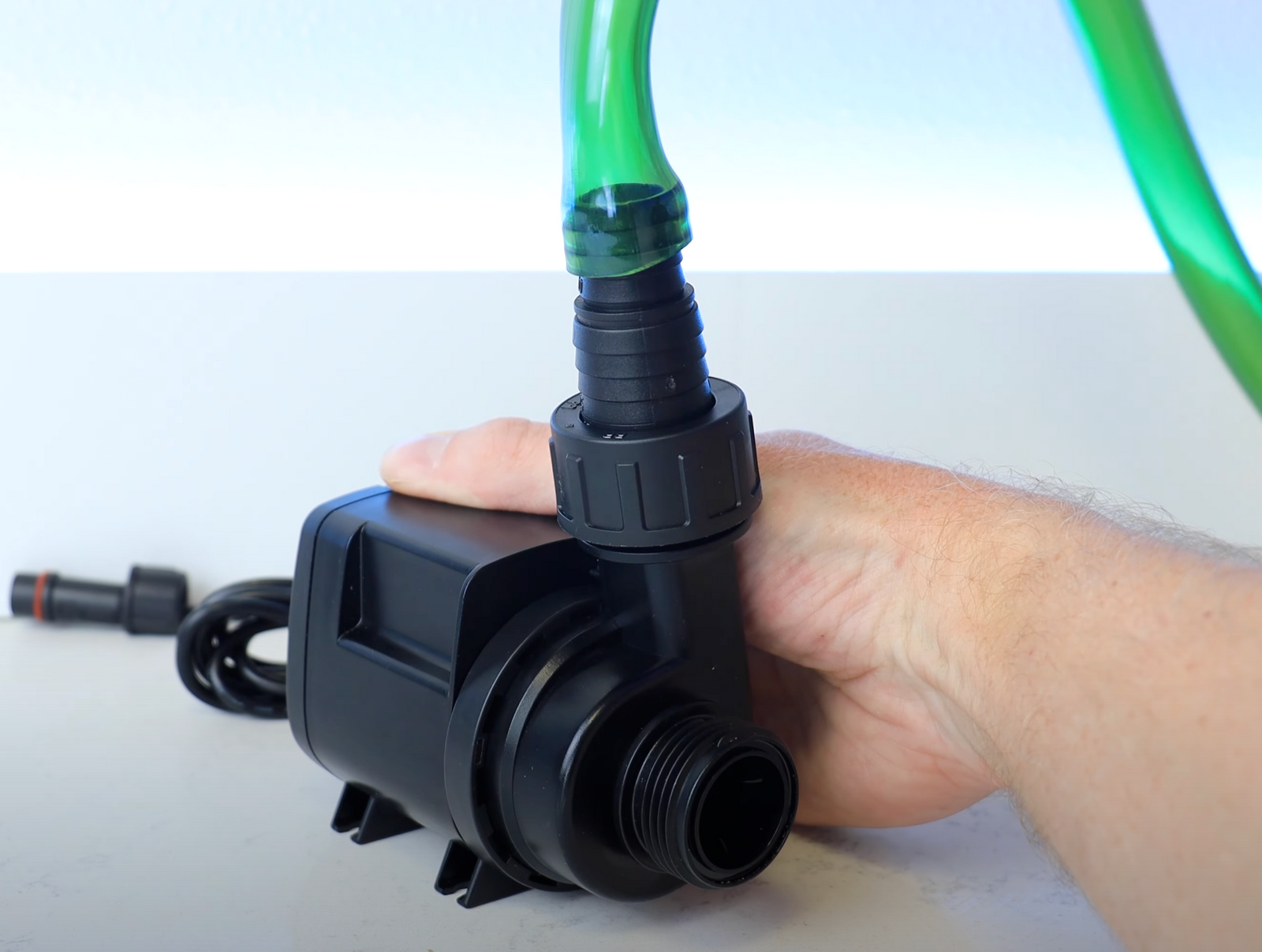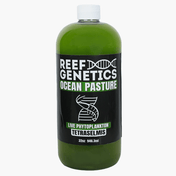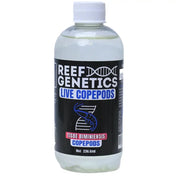Your return pump is the heart of your filtration system, silently pushing water from your sump to the display tank around the clock. But like any piece of hardworking equipment, it won’t perform at its best without regular maintenance. In this guide, we'll walk through not just how to clean a return pump—but why it matters, how often to do it, what to expect over time, and how to handle common problems like noise or flow loss.
Why Return Pump Maintenance Matters
A return pump that’s left untouched can quietly degrade your system’s performance. As salt creep, detritus, and biofilm build up inside the impeller chamber and motor block, flow becomes restricted, energy efficiency declines, and operating temperatures rise. Over time, that buildup can lead to noise, premature wear, and even total pump failure.
Regular maintenance ensures:
-
Consistent flow through your filtration system
-
Reduced wear on impellers, bearings, and seals
-
A quieter sump environment
-
Longer lifespan and fewer costly replacements
In short: a clean return pump is a reliable one.
How Often Should You Clean It?
For most reef tanks, cleaning every 3–4 months is ideal. This interval strikes a balance between preventing buildup and avoiding unnecessary wear from frequent disassembly. However, the right frequency depends on your tank type, bio-load, and how quickly debris accumulates.
-
Nano AIO tanks, especially those with internal rear filtration chambers, often need more frequent cleaning—every 2–3 months—as these compartments can trap vermetid snails, spirorbids, and organic debris quickly.
-
Heavily stocked reef tanks or systems with minimal mechanical filtration may benefit from a 2-month schedule.
-
Larger SPS systems with strong mechanical filtration and low nutrient buildup can typically go 3–4 months between cleanings.
-
Fish-only systems generally require less frequent cleaning—every 4–6 months is often sufficient—since they don’t accumulate as much coral-related organic matter, calcium buildup, or biological waste within the return plumbing.
Ultimately, your best indicator is observation. If your flow has dropped, your pump sounds louder than usual, or your sump temperature is rising slightly, it’s time to clean.. This interval strikes a balance between preventing buildup and avoiding unnecessary wear from frequent disassembly. However, the right frequency depends on your tank type, bio-load, and how quickly debris accumulates.
-
Nano AIO tanks, especially those with internal rear filtration chambers, often need more frequent cleaning—every 1–2 months—as these compartments can trap vermetid snails, spirorbids, and organic debris quickly.
-
Heavily stocked reef tanks or systems with minimal mechanical filtration may benefit from a 2-month schedule.
-
Larger SPS systems with strong mechanical filtration and low nutrient buildup can typically go 3–4 months between cleanings.
Ultimately, your best indicator is observation. If your flow has dropped, your pump sounds louder than usual, or your sump temperature is rising slightly, it’s time to clean. If your flow has dropped, your pump sounds louder than usual, or your sump temperature is rising slightly, it’s time to clean.
What You'll Need and Why
Skip the soap. Stick with reef-safe, proven tools:
-
A soaking solution – Vinegar, citric acid, or a reef-safe cleaner like Sicce Pump Clean can break down calcium deposits and salt buildup effectively
-
A bucket or container – For soaking components
-
A soft brush or toothbrush – To scrub off grime without scratching parts
-
Towels or a soft mat – To avoid losing small pieces during disassembly
-
Gloves – Optional, but helpful for acidic soaks or messy pumps
-
Any pump-specific tools – Some models require a screwdriver or hex key
If you're unsure, consult the manual. Some high-end pumps like Abyzz or Vectra include specialized bushings or orientation pieces you don’t want to misplace.
Step-by-Step: Cleaning Your Return Pump
-
Shut it down – Power off the pump and disconnect it from plumbing if needed. Make sure your sump isn’t at risk of overflowing.
-
Disassemble carefully – Remove the front cover, impeller, bushings, and o-rings. Lay the pieces out in order to make reassembly easier.
-
Soak components – Submerge the parts in a 50/50 mix of vinegar and warm water (or citric acid solution) for 1–2 hours. This will dissolve calcium buildup, especially in hard water areas.
-
Scrub and inspect – Use a soft brush to clean all parts thoroughly. Pay attention to the impeller shaft, magnet, and inside the housing. Check for cracks, swelling, or worn parts.
-
Rinse and dry – Rinse everything with clean RO/DI or tap water and dry with a towel. Be sure no acid residue remains.
-
Reassemble and test – Reassemble the pump, ensuring everything spins freely and sits correctly. Reinstall into your system and monitor for smooth, quiet operation.
Beyond Cleaning: Noise, Wear, and Emergency Situations
Sometimes, a noisy return pump isn’t caused by dirt—it could be a symptom of imbalance, bad plumbing design, or a failing part.
If your pump hums loudly, rattles, or seems unusually hot:
-
Inspect for swollen o-rings, loose impeller magnets, or worn bushings
-
Ensure the pump is seated on a vibration-absorbing pad or silicone feet
-
Check for air being sucked into the intake or cavitation due to low water level
-
Confirm all plumbing is supported to avoid stress on the pump housing
If your pump fails during operation and you don’t have time for a full cleaning:
-
Remove debris by rinsing the impeller under hot water and brushing quickly
-
Let it run briefly in a vinegar bath if calcium is the suspected issue
-
Keep a backup pump on hand for temporary swaps during cleanings or emergencies
When Is It Time to Replace Your Pump?
Even with great maintenance, pumps don’t last forever. Here’s when to consider a replacement:
-
Consistently low flow even after cleaning
-
Unusual noise that persists after reassembly
-
Cracked or leaking housing
-
Electrical issues or failure to restart
Most quality pumps will last 3–5 years with regular care, but factors like heat, salt exposure, and impeller design can shorten or extend that lifespan.
Final Thoughts
Maintaining your return pump is one of the simplest ways to ensure the health and stability of your aquarium. It only takes a few minutes every couple of months to avoid big problems down the road—from overheating, to filter failure, to livestock loss.
Cleaning isn’t just about flow—it’s about consistency. A clean pump supports everything else in your tank: your skimmer, your media reactors, your coral health, and your peace of mind.
If you need help finding replacement parts, choosing a backup pump, or troubleshooting noise or wear, reach out to our team. We’re happy to help you get the most out of the equipment you rely on every day.



















